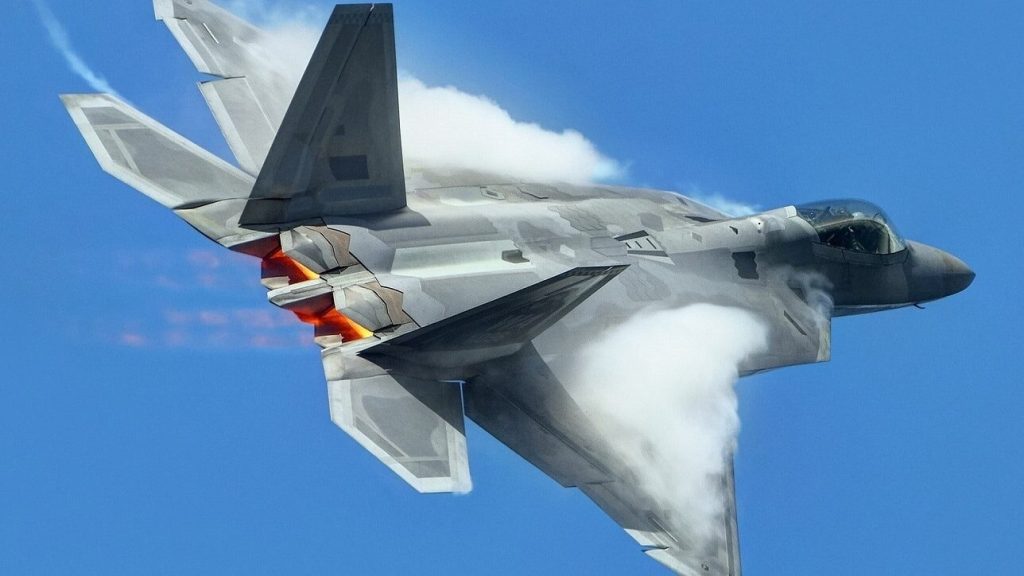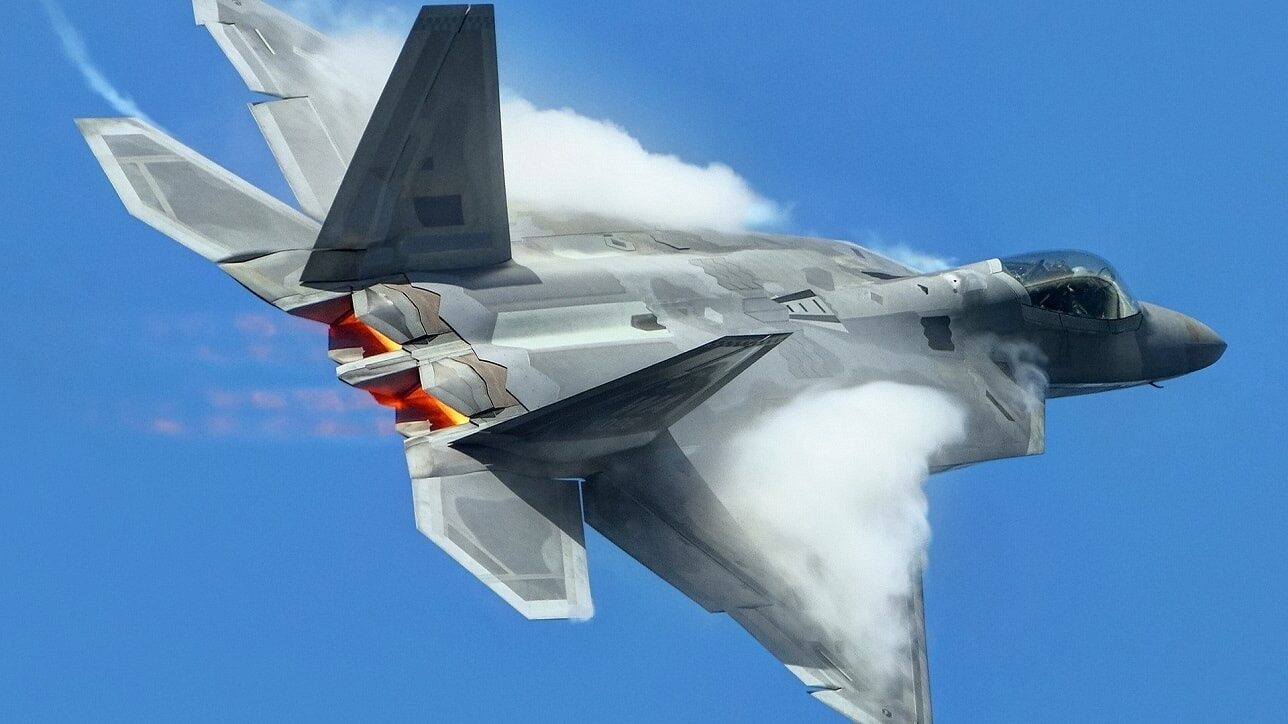The United States Air Force requested 750 F-22 Raptor stealth planes. Yet because they were constructed for a previous age, they could only produce 186.

F-22. Image Credit: Creative Commons.
In many ways, the F-22 was the most advanced fighter plane ever built; however, production of the aircraft ceased in 2011. There will be no more F-22s produced, even though 187 are now in service with the United States Air Force.
Is it a bad idea to stop making F-22s? Most likely not. The damage was probably permanent.
The F-22 is unparalleled in maintaining air superiority and was designed to replace the similarly formidable F-15 Eagle, which has never lost a dogfight.
The initial plan was that the Air Force would purchase 750 F-22s to establish a credible fleet of stealth fighters, making the F-15 unnecessary.
The 1980s-blueprinted F-22 was tested in the 1990s. As a result of 9/11 and the subsequent reactive invasions of Iraq and Afghanistan, the United States got involved in counter-terror and counter-insurgency operations against countries that flew antiquated and ineffective fighter jets. For the United States to destroy Iraq’s fifty-year-old MiGs, a fifth-generation F-22 was unnecessary.
As of 2011, numerous wars were happening in different parts of the world, and none required the F-22. As a result, funding for the F-22’s manufacturing was cut. But while the F-22 is highly regarded for its capabilities, only a few are now in service.
Concerns have been raised concerning the United States’ decreasing number of F-22 Raptors, originally meant to completely replace the F-15, as Alex Hollings of Business Insider reported. While 186 F-22s were delivered, only about 130 were ever operational, and the current amount of combat-ready F-22s is possibly in the double digits at most.
The F-22 is not the Air Force’s future fighter plane. Since the F-22s have a finite lifespan and are still being flown frequently, their time in service is winding down gradually.
As good as the F-15EX II may be, it lacks the stealth needed to survive an open battle with a nation like China or Russia,” Hollings wrote. “But America requires an air superiority fighter that can bear and swing with the finest in the world.”
The US sixth-generation NGAD program won’t launch for at least a decade. It’s now possible that America won’t have enough fighter jets for a high-end engagement, improbable as it may be.
Yet the United States must wait to close the air superiority gap by resuming Raptor manufacturing. The associated costs are prohibitive.
Plants that used to construct F-22s no longer exist because their infrastructure has been changed to build F-35s.
Restarting F-22 manufacturing would cost the United States $50 billion to buy 194 more aircraft, according to a report provided to Congress in 2017, Hollings wrote. Compared to the F-25’s current price of around $80 million per airframe and the per-unit price of approximately $88 million of F-15EX’s per-unit cost of roughly $88 million, “that boils down to between $206 and $216 million per fighter.” As I’ve already mentioned, the cost of resuming F-22 production is exceptionally high. If so, though, would it be money well spent? Most likely not.
Due to advancements in offensive and defensive technologies, dogfighting’s importance in modern combat has diminished significantly. The concept of a pure air superiority fighter was more central to Cold War theory than current doctrine.
There is no denying that the United States requires a strong air superiority force. Resuming development of the F-22 on the off chance that the United States needs them for combat over contested airspace in either Russia or China is probably not a good use of resources. Considering the nuclear capabilities of both Russia and China, they must avoid both countries at all costs. Restarting Raptor production in preparation for a conventional war with nuclear countries is an outrageous expenditure.






